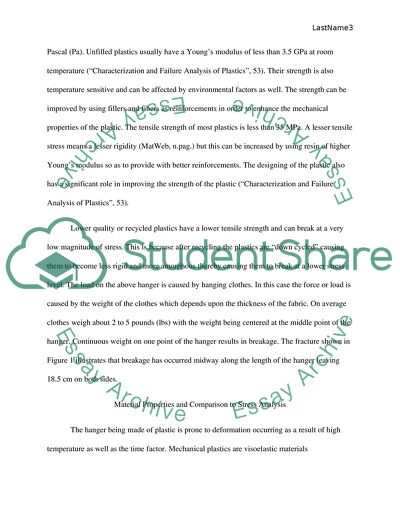Cite this document
(The Analysis of Plastic Hangers Report Example | Topics and Well Written Essays - 1500 words, n.d.)
The Analysis of Plastic Hangers Report Example | Topics and Well Written Essays - 1500 words. https://studentshare.org/design-technology/1622807-civil-engineering-structural-concentration
The Analysis of Plastic Hangers Report Example | Topics and Well Written Essays - 1500 words. https://studentshare.org/design-technology/1622807-civil-engineering-structural-concentration
(The Analysis of Plastic Hangers Report Example | Topics and Well Written Essays - 1500 Words)
The Analysis of Plastic Hangers Report Example | Topics and Well Written Essays - 1500 Words. https://studentshare.org/design-technology/1622807-civil-engineering-structural-concentration.
The Analysis of Plastic Hangers Report Example | Topics and Well Written Essays - 1500 Words. https://studentshare.org/design-technology/1622807-civil-engineering-structural-concentration.
“The Analysis of Plastic Hangers Report Example | Topics and Well Written Essays - 1500 Words”. https://studentshare.org/design-technology/1622807-civil-engineering-structural-concentration.


